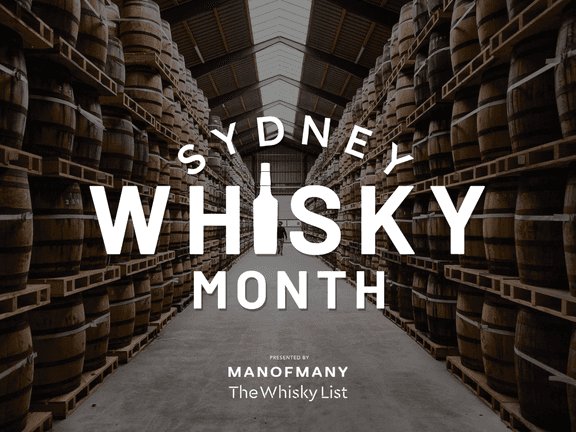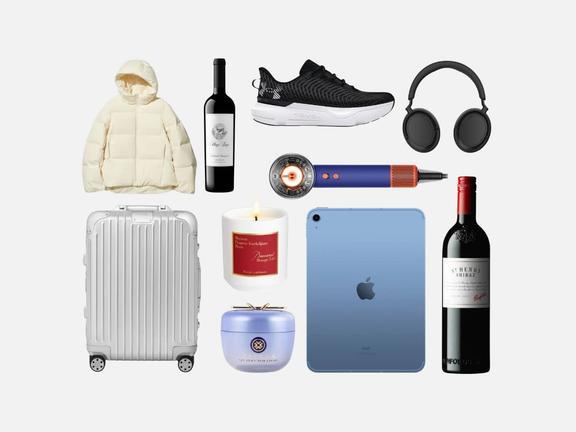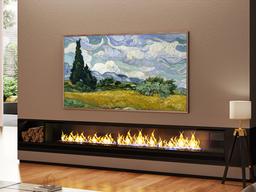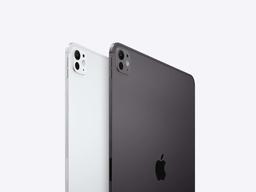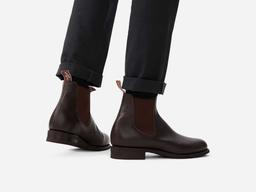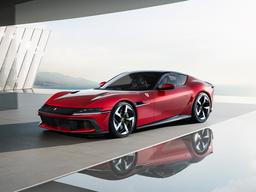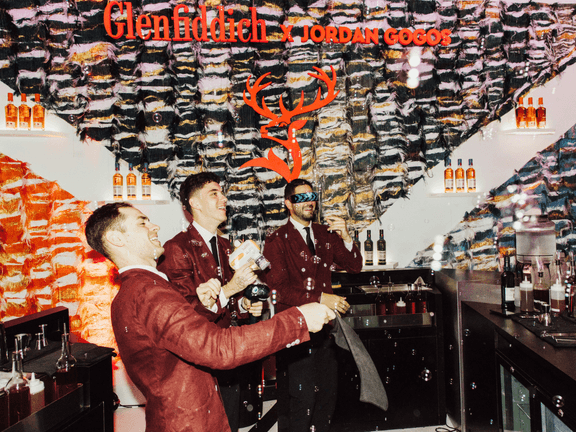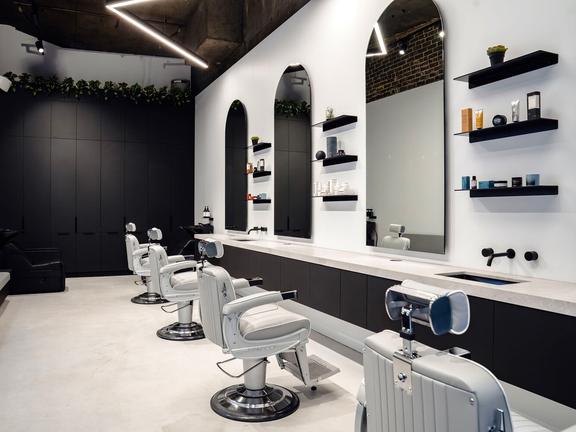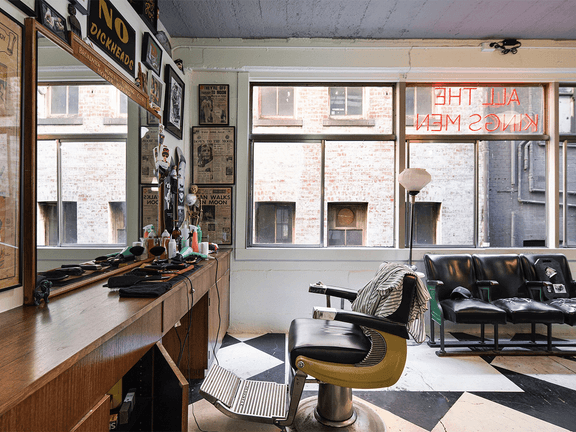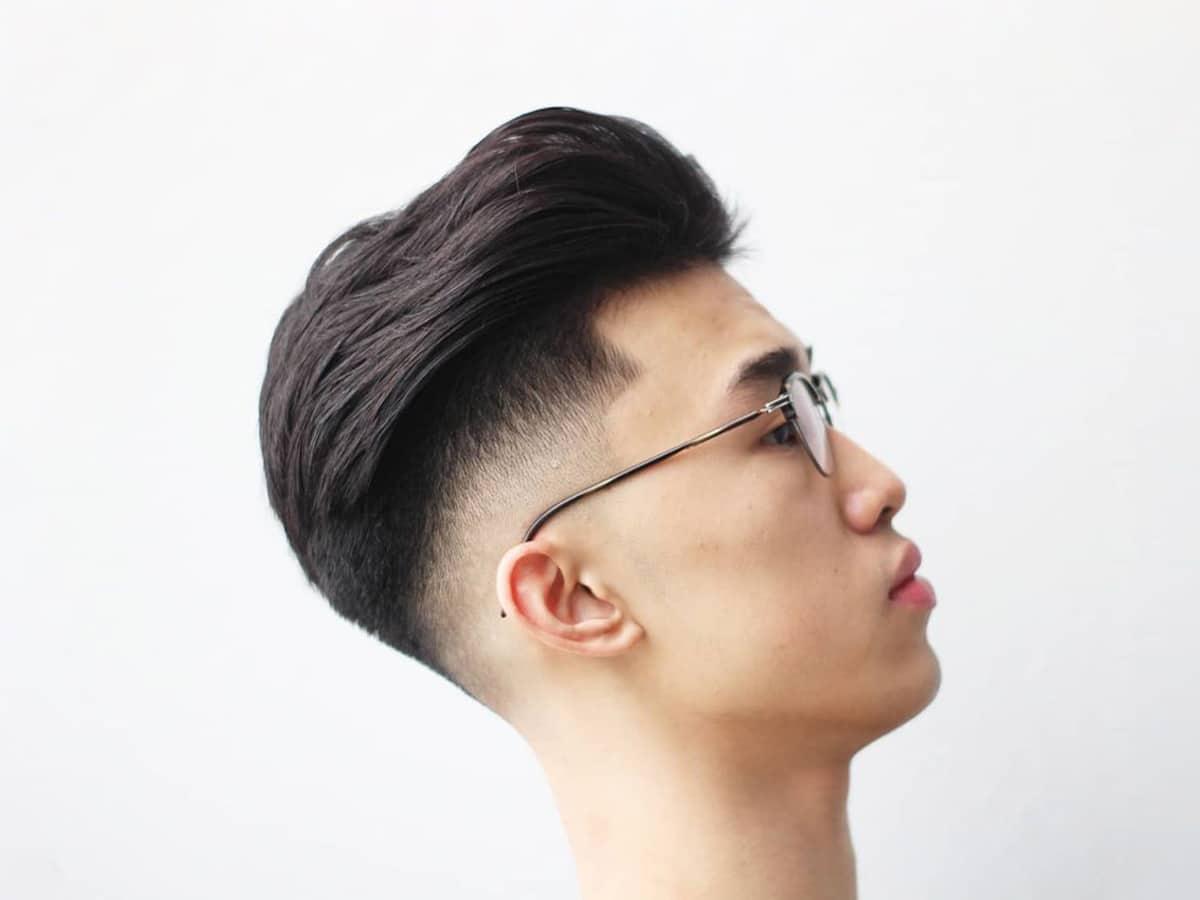
6 Best Fade Hairstyles for Men, According to a Barber
Nothing says class like a man with a perfectly sculpted fade haircut. The razor-sharp men’s hairstyle is the perfect blend of traditional influences and contemporary style choices that, when executed well, gives a fittingly timeless look. In my time working as a barber, I spent countless hours perfecting the tiny details, from the arc of the temple curve to the blend of the mid-point, ensuring that every client I had walked out of the barbershop with the best fade I could possibly give.
Of course, over the years, fade styles have changed, and new techniques have been introduced, but the sentiment remains the same: ultra-short on the sides and back with a little party on top. Whether it’s a high, mid or low fade haircut, the versatile approach to the old short back and sides is universally loved, so it’s little wonder that it has been adopted by sports stars, Hollywood elites and high fashion favourites. When it comes to choosing the best fade hairstyle for you, however, the ball is well and truly in your court. To make things easier, I’ve compiled a handy barber’s guide to men’s fade hairstyles, detailing which style is best suited to your face shape and how to achieve the desired look.
Types of Men’s Fade Haircuts
While almost all variations of a fade haircut relate to a shorter section towards the bottom gradually increasing in length as it reaches the crown, not all fades are the same. For example, taper fades are more concerned with edging and line-ups, while high fades look to expose more of the scalp. Here is a list of the best common men’s fade haircuts.
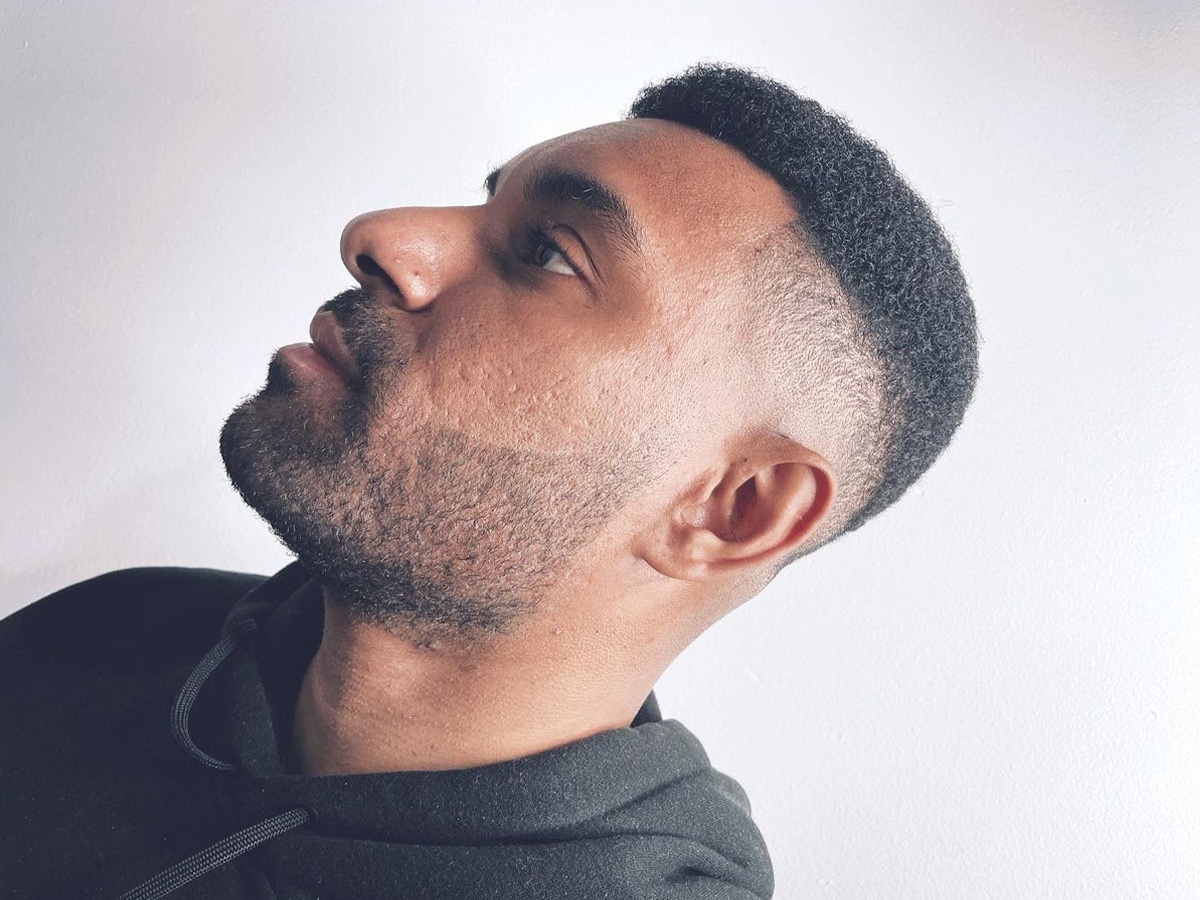
1. High Fade Haircut
High Fade Characteristics:
- High Blend Point: High fades have a distinct line where the short hair transitions to the longer hair on top, generally above the ear line.
- Short Sides and Back: The sides and back of the hair will be taken down below a 0.
- Sharp Fade Line: As the blend point is high, the transition from short to long hair lengths will be rapid, leaving a sharp fade line. This is also often referred to as a ‘quick fade’.
Best Face Shapes for High Fade:
- Pear
- Oblong
- Oval
- Square
The most extreme variation of the style, the high fade has been popular for decades and is best characterised by its intense transition between long and short sections. In its simplest form, the high fade takes the blending section to the highest natural point. In this instance, the majority of the sides and back of the head will be exposed, with the point of connection between the top and sides occurring just above the temple. In many instances, the high fade is chosen to highlight the contrast between short and longer areas and may also be referred to as a ‘quick fade’.
In my opinion, the success of this style, more than any other fade, is dependent on your hair type and density. I’ve found that people with thick and dense hair texture are best suited to the high fade, as it allows for the greatest demonstration of colour contrast, particularly if you have dark hair. So, if you have tight curls, wavy or Asian hair, this fade hairstyle is a great option, but beware, this style will require significant upkeep. If you do take the hair down to the skin on the sides and nape, it will likely grow out in 1-2 weeks, at which point you’ll be due for another cut.
If you are looking to test out a high fade for the first time, I would recommend leaving a little extra length on top. While the style has its roots in American military history, it doesn’t have to be a classic crew cut. High fades are versatile enough to work with a range of different styling options, from short, textured styles to pompadours and slick backs. Again, consider your face shape before you trim up the top, but in my opinion, leaving a bit of extra length is a great way to ease into the style without diving head first.

2. Mid Fade
Mid Fade Characteristics:
- Temple Blend Point: Sitting slightly lower than the high fade, the blend point of the mid fade will be about equal to the top of the ears.
- Smooth Transition: Where the high fade is best characterised by its blunt transition between long and short areas, the mid fade provides a more soft and subtle transition, which is a little more office-appropriate.
Best Face Shapes for High Fade:
- Triangle
- Heart
- Oval
A more contemporary take on the short, back and sides, the mid-fade haircut follows the same structure as the high fade but pushes the blending point lower. In most cases, the blend will occur in line with your temple or the top of the ears, with the hair on the sides and back gradually transitioning down the head. The distance from the shortest section of the hair to the longest length with the clipper on the sides should be around two finger widths, which gives the style a softer feel compared to the high fade’s blunt and quick transition.
One thing I love about this hairstyle is that it is incredibly versatile. The mid fade is sharp enough to pair with a shaved head (I’d opt for a clipper or 3) and subtle enough to also work with longer side-part and messy top styles. It also lends itself well to different hair textures, with the lower blend point better suited to Caucasian hair types than the high fade as it makes for a more balanced approach.
At my barbershop, I worked with a lot of clients of Asian descent, and I often recommended the mid fade for its ability to add definition to rounder face shapes. The sharp and defined edges are a great way to accentuate rigidity and can also help balance out oblong face shapes.

3. Low Fade Haircut
Low Fade Characteristics:
- Very Gradual Transition: This fade hairstyle has the smoothest transition from short section to long, making it appear softer and more full.
- Low Blend Point: This style’s blend point is generally just below the top of the ears, giving plenty of room for a slow transition.
Best Face Shape for Low Fade:
- Round
- Oval
- Square
A simple entry point for those new to the world of fade haircuts, the low fade keeps the blending point below the top of your ears. Importantly, this style is most concerned with ensuring a smooth transition from short to long, creating a clean and polished look that is more subtle than the mid or high fade. With this style, versatility is a major characteristic as the hair on top can be styled in essentially any manner you want. Pompadours, shaved heads, tight curls and side-parts all work well with a low fade, but if I were to choose, I would advocate for a messy textured option.
Having a crisp and refined low fade on the sides and nape gives you a lot more room to play around with the hair on top. Messy textured styles can look unkempt when not looked after, but with this cut, the silhouette is pre-determined, which keeps styling to a minimum.
Additionally, a low fade is a great choice for most face shapes. It can soften a strong jawline and add a touch of definition to rounder faces. Importantly, this clean-cut look is still refined enough to fit corporate attire, making it the perfect option for those who want a sharp hairstyle that transitions well from work to weekend activities. If you want to change things up a little bit without going overboard, the low fade is a great place to start.
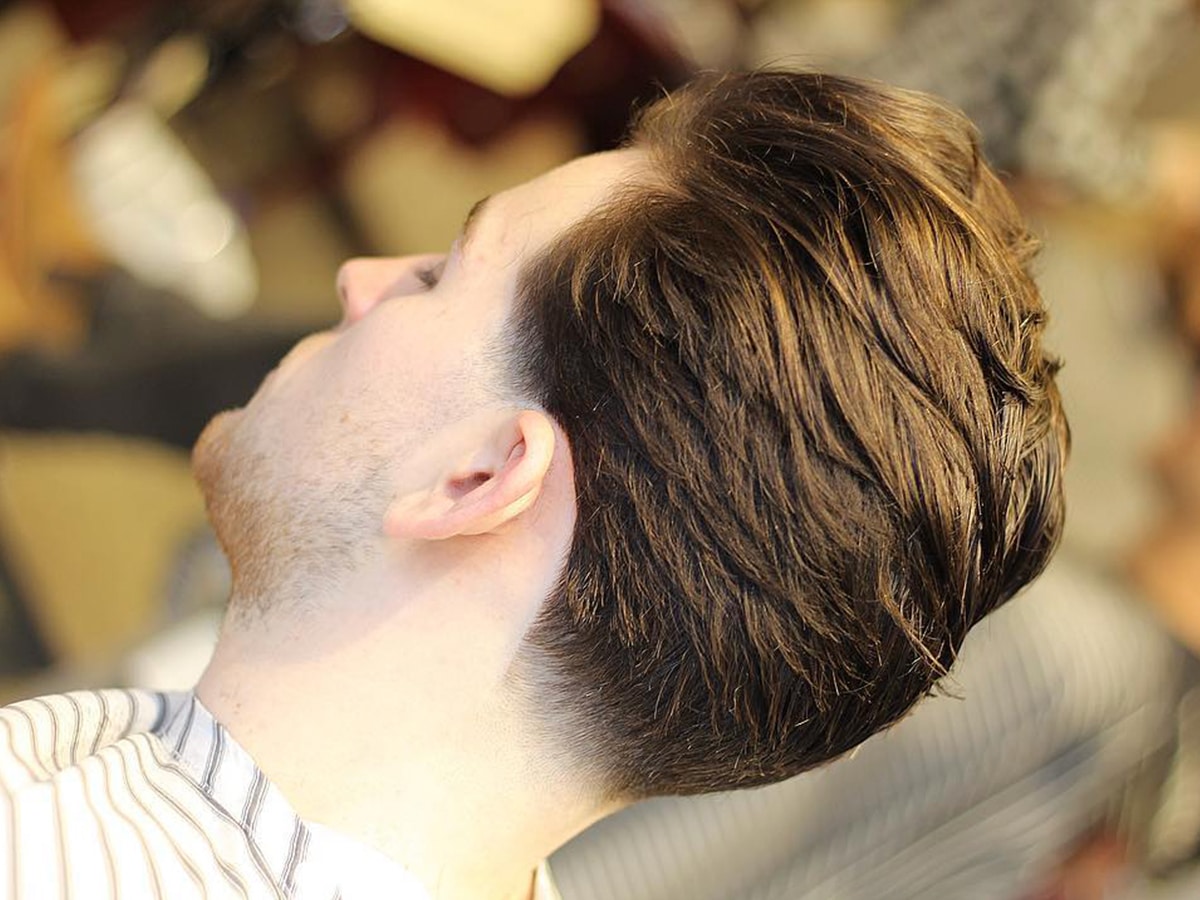
4. Taper Fade
Taper Fade Characteristics:
- Sideburns and Nape: This fade does not take the short lengths all the way around, but rather focuses solely on the sideburns and nape transition.
- Defined Edges: Where a fade can often remove the hair altogether, a taper gives more room to refine the edges of the hairline. The arc of the temple and sharp lines that flow from behind the ear down the neck are more emphasised with this cut than others.
Best Face Shape for Taper Fade:
- Round
- Oval
- Square
A taper fade is a type of haircut that reduces the fade section purely to the sideburns and nape. While it is similar to a low fade in that it involves a gradual shortening of hair on the sides and back, a taper uses scissor—or clipper-over-comb techniques to create a more subtle transition from long to short. In this style, the hair gradually fades out to nothing, with the blend point occurring just at ear height.
When executed correctly, a taper fade should blend seamlessly, with no distinct fade line between the sideburns and top, however, this can depend on your hair type and density. For the most part, this style is versatile and works with a vast array of different textures, but I often find it is best suit to those with Afro-hair. The tight, ringed curls are less dense on the sideburns and nape, meaning the fade with be smoother in this section than at the high temple point.
While not significantly different from a standard cut, this variation not only looks sharper but will last longer and grow out more naturally. Importantly, it won’t be as drastic as some of the other fades you’ll see and can be altered to suit any hair length on top, making it not just one of the best fade haircuts you can ask for, but also the most versatile.

5. Burst Fade
Burst Fade Characteristics:
- Rounded Fade Shape: The Burst Fade has a distinct semicircular shape around the ear, radiating out from that point.
- Varying Fade Height: Unlike other hairstyles on this list, the fade itself can be high, mid, or low depending on your preference.
Best Face Shape for Burst Fade:
- Triangle
- Heart
- Square
You may have seen this hairstyle pop up on social media recently, with the burst fade steadily growing in popularity. In the mid-2010s, this variation on the fade haircut started to emerge as a loose blend between a mid-fade and a mohawk and was typically reserved for the more adventurous client. Nowadays, I see schoolkids and even office workers rocking this cut, with the rounded fade style quickly becoming a common thread.
Essentially, a burst fade is a modern take on the classic mid-fade, with the shortest sections of the hair following a distinct semicircular shape around the ear. Where traditionally fades transition uniformly down the back and sides of the head, the burst fade keeps the hair around the ears short while dropping the blending point at the back of the head slightly lower. You can think of it as if the short hair is radiating out from a central point, giving a more contemporary aesthetic. Importantly, the fade itself can be high, mid, or low, depending on your preference.
In some cases, you may see a circle-like bald section over the ear leading to a mohawk-like nape. More challenging for the barber, this men’s fade haircut is decidedly more contemporary and suits those with wider face shapes towards the top. Keeping the blending point at the back lower will help elongate triangle, heart and square face shapes, giving a better overall profile.
Unlike many of the cuts on this list, I find that the burst does not suit everyone. It can be a little too aggressive for most corporate workers and the texture of your will ultimately dictate whether the style is even achievable. If your hair is dead straight, you are better off keeping the hair very short to reduce the impact of the hair’s natural fall, while overly curly hair can transform this cut into a modern mohawk. That being said, the bust fade can add definition to a round face, but I would definitely avoid this cut if you have long face, as it can actually accentuate the length.
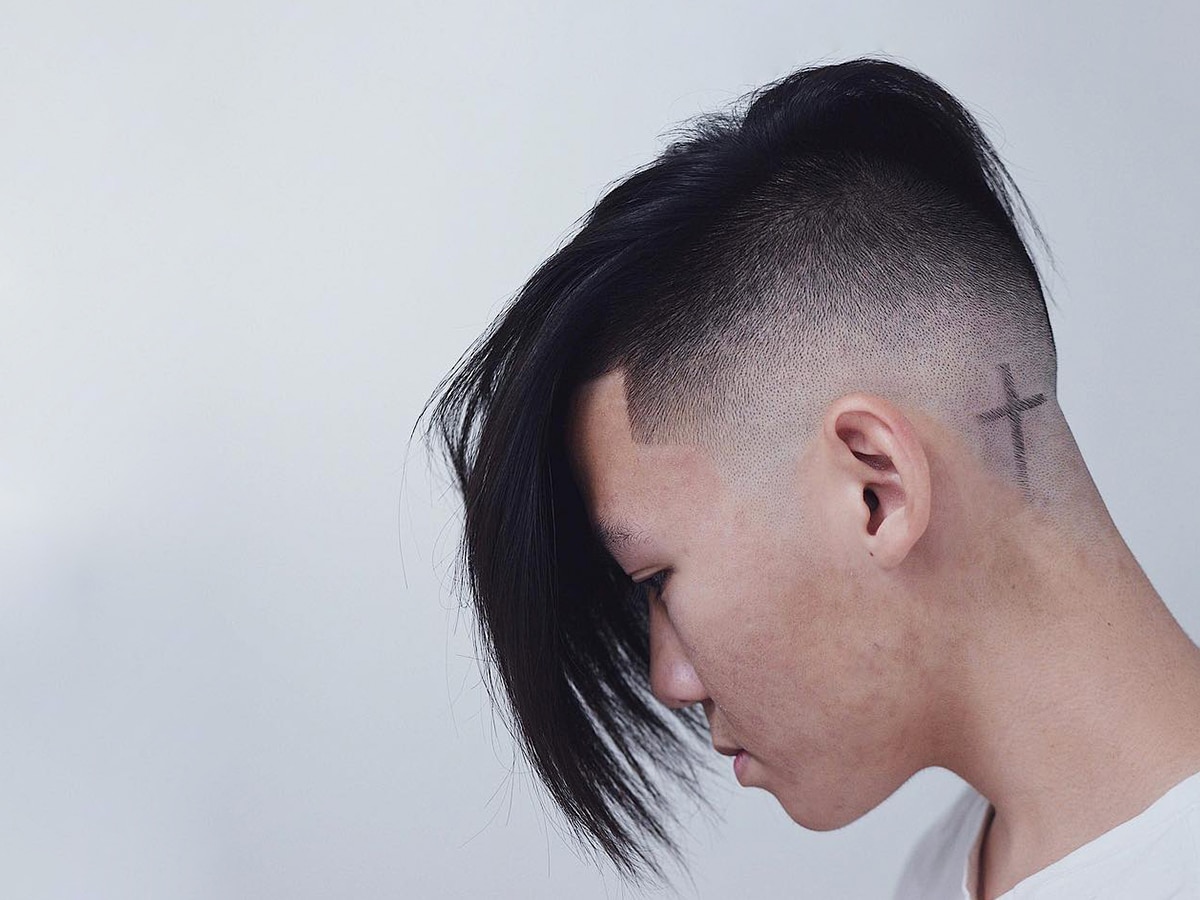
6. Undercut Fade
Undercut Fade Characteristics:
- Disconnected Top: Long unblinded section at the top, disconnected from the side and back lengths.
- Straight Hair: This cut is best suited to straight hair.
Best Face Shape for Undercut Fade:
- Round
- Oval
- Square
In essence, an undercut is two hairstyles in one. An undercut is a section of hair that has been disconnected, meaning that there is a distinct contrast between long and short areas. With this fade hairstyle, the sides and back of the head will be taken down very close to skin in order to create a dramatic contrast with the hair on top.
In most cases, I would recommend gradually fading the sides from skin or #0 up to a #3 whilst also leaving the hair on top far longer. If you do opt for this cut, you can afford to be quite flexible with the top. Pompadours, swept fringes and slick backs all work well with this cut, provided the hair on top has enough length and volume to stand out from the drastically shorter sides. Again, this style is best suited to straight hair as it allows for the natural drop of the hair to create a contrast in length. Tight, coiled curls can reduce the visual impact of the undercut and will ultimately change the silhouette of the fade hairstyle.
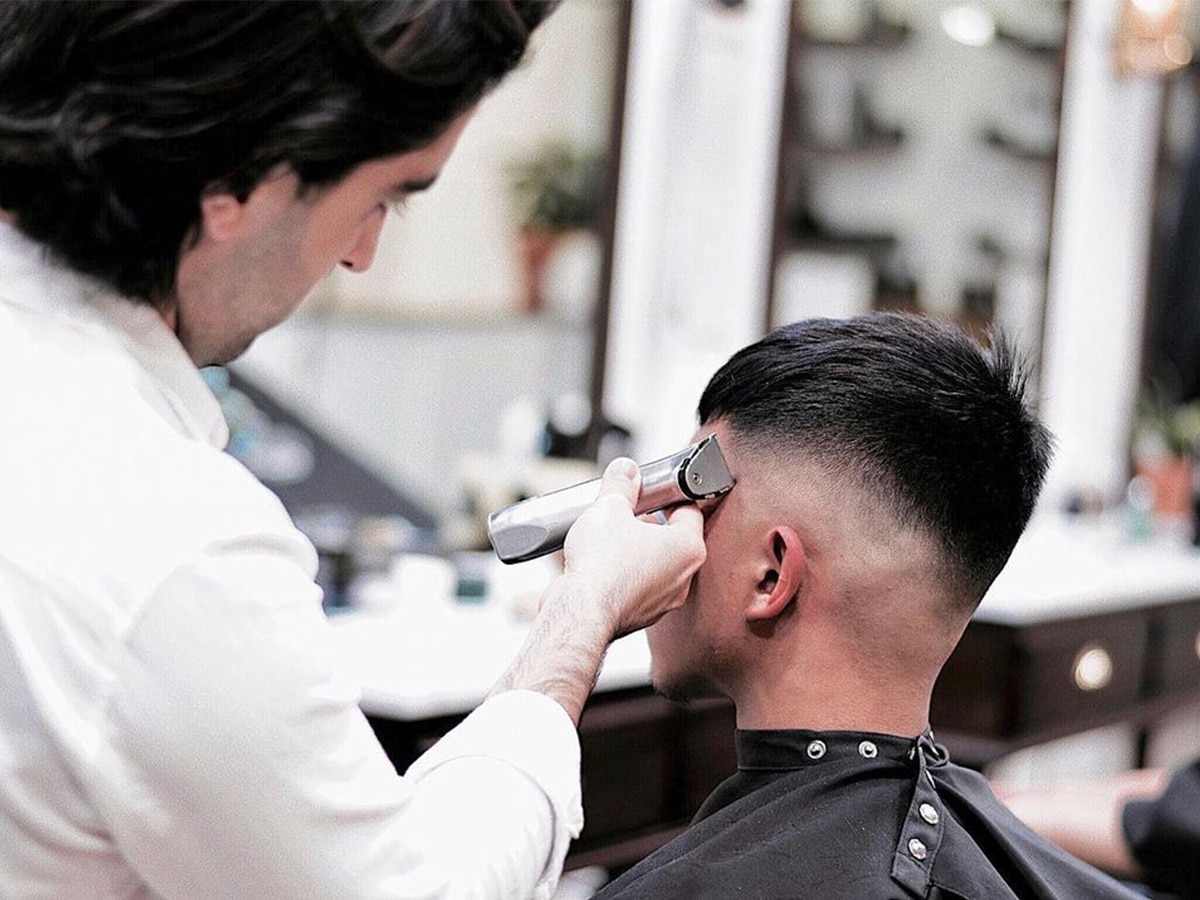
What is a Fade Haircut?
For the uninitiated, a men’s fade haircut simply refers to a slightly more extreme variation of the classic short, back and sides. Typically, the hair on top of the head is slightly longer than all other areas, however, with a fade haircut, the hair gradually shortens as you make your way down the sideburns and nape of the neck. France Khamees, director of BY FRANCE and 2018-19 Barber Brands International Barber of the Year explains that while certain elements of a fade haircut are uniform, there are variations depending on personal preference and hair type.
“A fade is a transition haircut starting at the lowest point of the sides and back of the head and fading up towards the top, creating a seamless transition. Fade lengths may vary slightly depending on the density and colour of the hair,” Khamees says. “While they have grown in popularity, more recently, people are going further and becoming more experimental with various fade styles.”
In many cases, the shortest part of the hair will be bald, slowly tapering up to the desired hair length on top. The level of the fade-taper, low, mid or high, is defined by how high the shortest part of the hair goes up the head and starts to transition into another longer length. A good fade is one where the transition is smooth and seamless.
While the fade is often touted as a modern hairstyle, the structure actually has its roots in the US military. Originally a requirement in the 1940s and 50s, the fade was seen as a regimented and uniform approach to dress that demanded consistent trimming and a certain level of physical pride. In the period immediately following the Second World War, black and Hispanic barbershops became synonymous with skin fades, elevating the hairstyle into popular culture with TV shows and movies like The Fresh Prince of Bel Air and Do the Right Thing.
More recently, men’s faded haircuts have had a serious resurgence, thanks to the rise of barbershop culture. Nowadays, there is a type of fade to suit every hair type and face shape, meaning if you prefer short styles, you’re sorted.
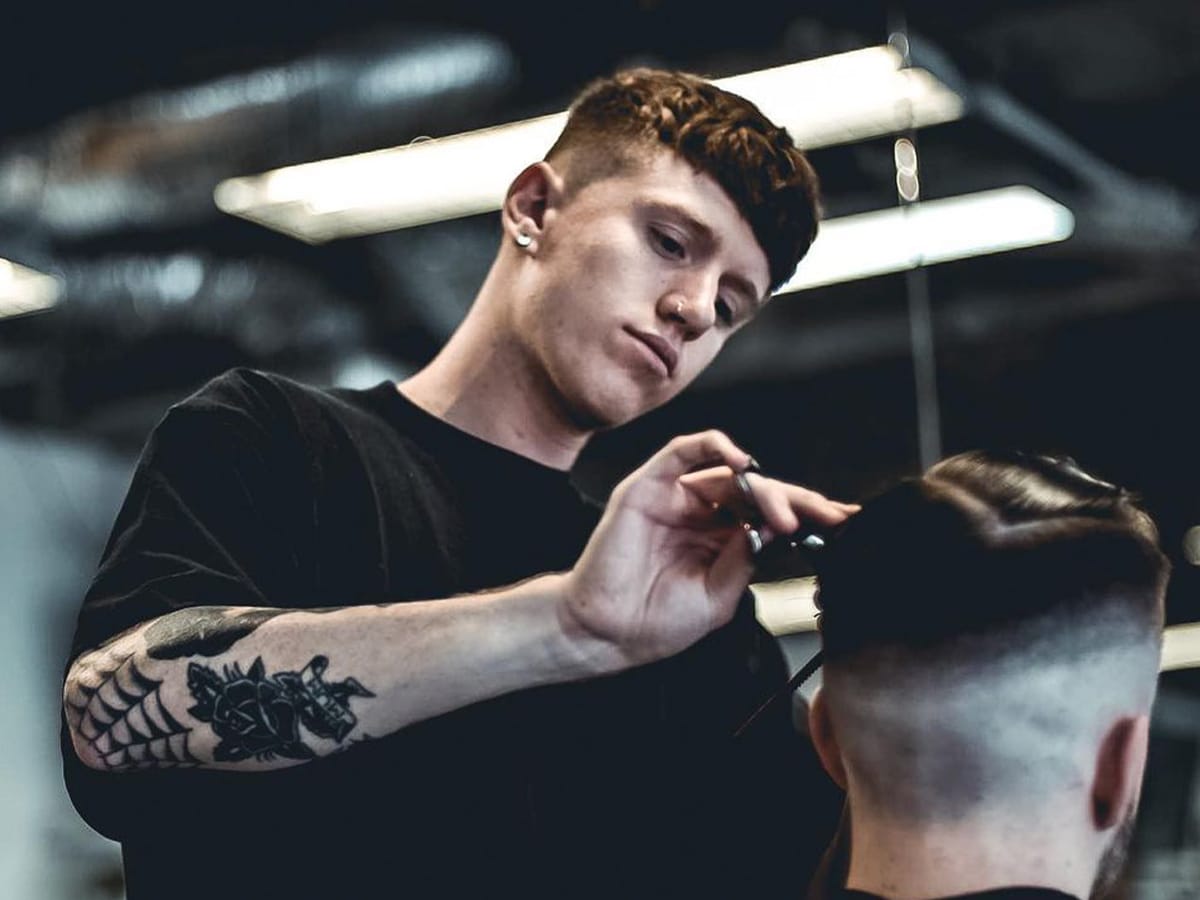
How To Ask Your Barber For A Fade Haircut
When it comes time to sit in the barber’s chair, it’s not as straightforward as simply asking for a fade. To ensure that you get the hairstyle you are after, it’s important that you understand two things – How short you want the back and sides and how long you want the top. The ultimate goal of a fade is to evenly distribute the gradual fall of the hair in a smooth transition, so blending a #1 into a #3 with some length on top is a simple enough instruction for any barber to follow.
The barber may ask if you want the fade high, mid or low, and as mentioned above, this relates to the blending point of the hair. High fades will see the blend typically above the temple, mid fades will be on the temple and low fades will be just above the ears. Think about how extreme you want the end result to look and choose wisely. Similarly, you should think about how each section will relate to your face shape.
“For a first-time fade, it’s safest to consider a mid to low fade position as this creates a natural, softer look that can be built on. Also, consider the length of the fade (as some can display scalp exposure) and the preferred length of the hair on top,” BY FRANCE director Khamees says. “Depending on how short you’d like the fade to be on the sides and back, you can ask your barber for a fade that may range from a number 2 on the clippers to a skin fade. Then describe your desired position of the fade and the length you would like at the top to compliment the fade and your head shape.”
Things to Consider When Choosing a Fade Hairstyle
When it comes to choosing the best fade hairstyle for you, there are a number of considerations to keep front of mind. Rather than simply stopping at the style that appears most to you visually, think about whether the desired aesthetic is achievable based on your facial structure, hair characteristics and personal style.
Face Shape
While the type of fade you choose will ultimately dictate how the hair is cut, it’s important that you also consider whether the style suits your face shape. For example, men with a square face shape should consider a shorter length, as it will accentuate their strong facial features. Similarly, a more textured cut will give men with square-shaped faces a little movement and personality. Men with round face shapes look better with enhanced definition, so a rigid fade that adds a dramatic edge will help add complexity.
Outside that, think about the horizontal line from ear to ear and the horizontal line from one edge of your jaw to the other. Those with a significantly wider top line should opt for a lower fade to enhance facial features, while those with parallel lines should focus on higher fades to add definition.
Blend Point
Perhaps the most important part in choosing a fade hairstyle for you is knowing where you want the blend point to be (low, mid, high). I’ve always found that most guys tend to opt for whatever is the most extreme, but I would recommend taking the time to consider your facial structure. If you have a pronounced occipital bone (the flat, unpaired bone that sits at the base of your skull), you would be better suited to a low fade. As a general rule, you want to fade under the occipital bone to ensure the transition is smooth and not interrupted by different depths. Similarly, the shape of your face at the temple point should also play a role in your decision-making. If your head is widest at the temple, avoid a high fade, as it tends to add width to the hairline and may make your face seem wider.
Hairline
Crucially, fade haircuts can either hide or expose deficiencies in your hairline, depending on how the style is cut. For many men with receding hairlines, high fades offer a rare opportunity to raise the blend point (the point where the fade reaches its longest length) above the ear line. This may have the added benefit of reducing the visual severity of male pattern baldness, particularly if the hair is light and sparse at the edges.
Hair Density
Conversely, taking the blend point high when the hair is thinning on top may have the inverse effect. The key to a great fade is accentuating contrast through light and dark areas. By having a harsh fade meet an area of light and thinning hair, you throw off the balance of contrast and run the risk of looking bald all over. I mentioned it in our guide to choosing a hairstyle for your face shape, but it’s always a good idea to set aside at least 5 minutes for a consultation with your barber or hairdresser. Making sure that they are across your hair density and basic follicle characteristics will help to alleviate any nasty surprises when in the chair.
Styling
Styling a men’s fade haircut is completely dependent on the length on top. As the term ‘fade’ generally refers to the sides and back, you may choose to shave the top or grow it long. Once again, think about your face shape and which section accentuate your best features. For the most part, shorter hairstyles look better with minimal product, so opt for something that is matte or like in texture.
Why Trust Our Men’s Hairstyle Advice?
As a qualified hairdresser and barber with an SHB30516 Certificate III in Barbering from The Queensland Hairdressing Academy, Nick Hall is an expert on men’s haircuts and styles. Prior to joining Man of Many as Editor-in-Chief, he spent five years as a senior stylist at Brisbane salon The Chopspot and two years at Sydney-based barbershop Kings Domain. The men’s hairstyle expert has personally chosen every haircut on this list, providing extensive first-hand details and insights related to each style.
Related Stories
On the lookout for more men’s hairstyles, haircuts and pointers? Be sure to check out the links below:
- Short Hairstyles & Haircuts For Men
- Long Haircuts & Hairstyle Tips for Men
- Straight Haircuts & Hairstyles for Men
- Curly Haircuts & Hairstyle Tips for Men
Styles and Trends
- Buzzcut Hairstyles for Men
- Middle Part Hairstyles for Men
- Slicked Back Hairstyles for Men
- Fade Hairstyles for Men
- Faux Hawk Hairstyles for Men
